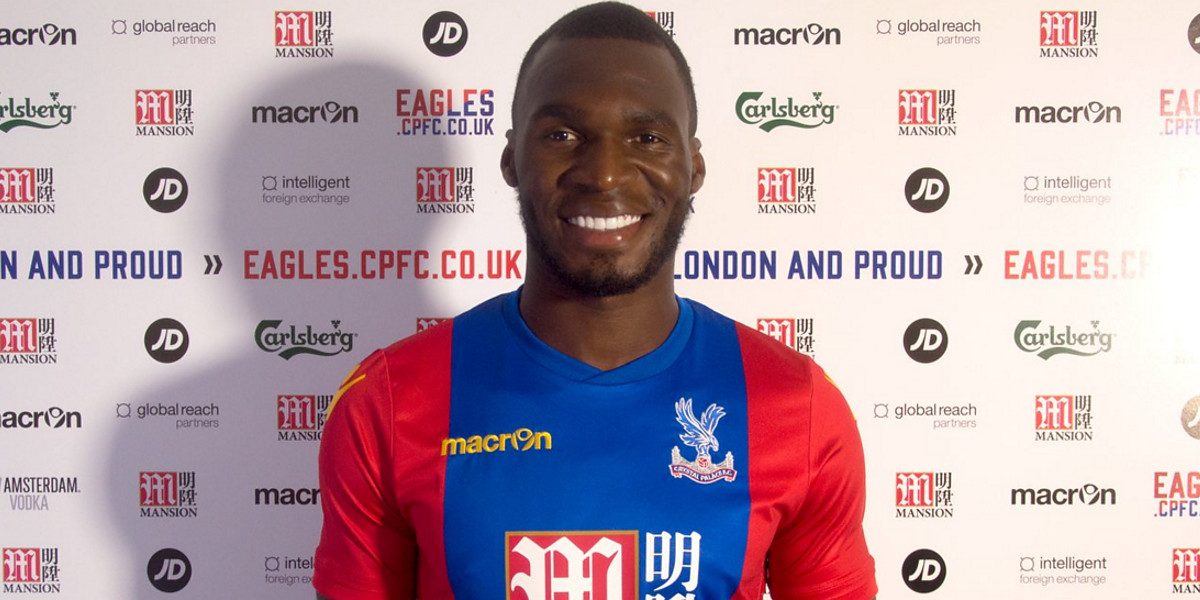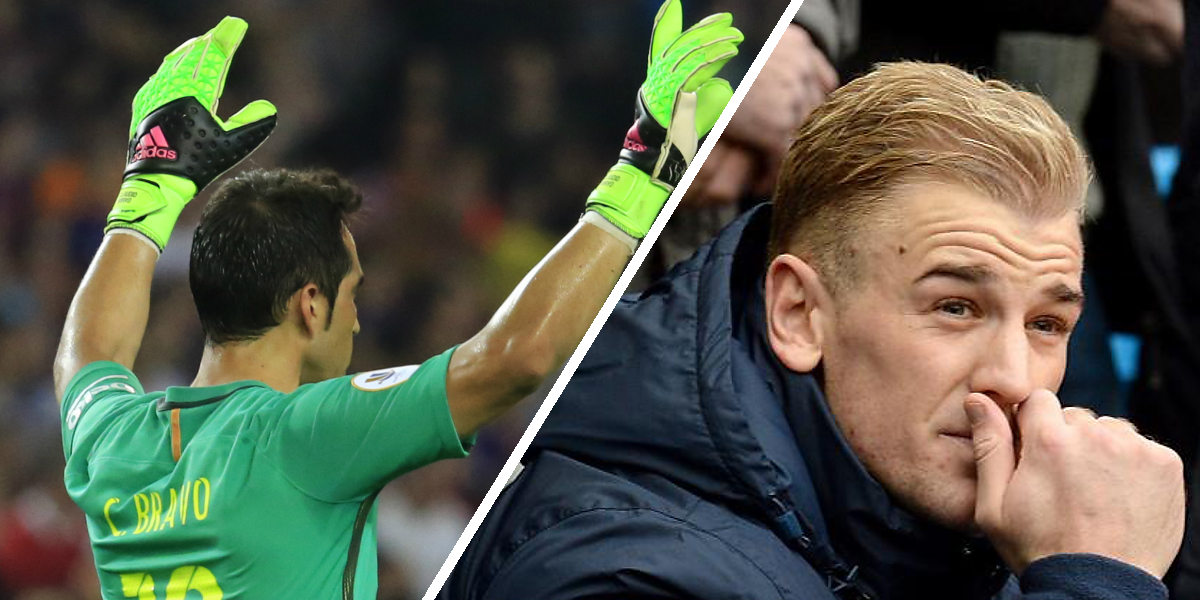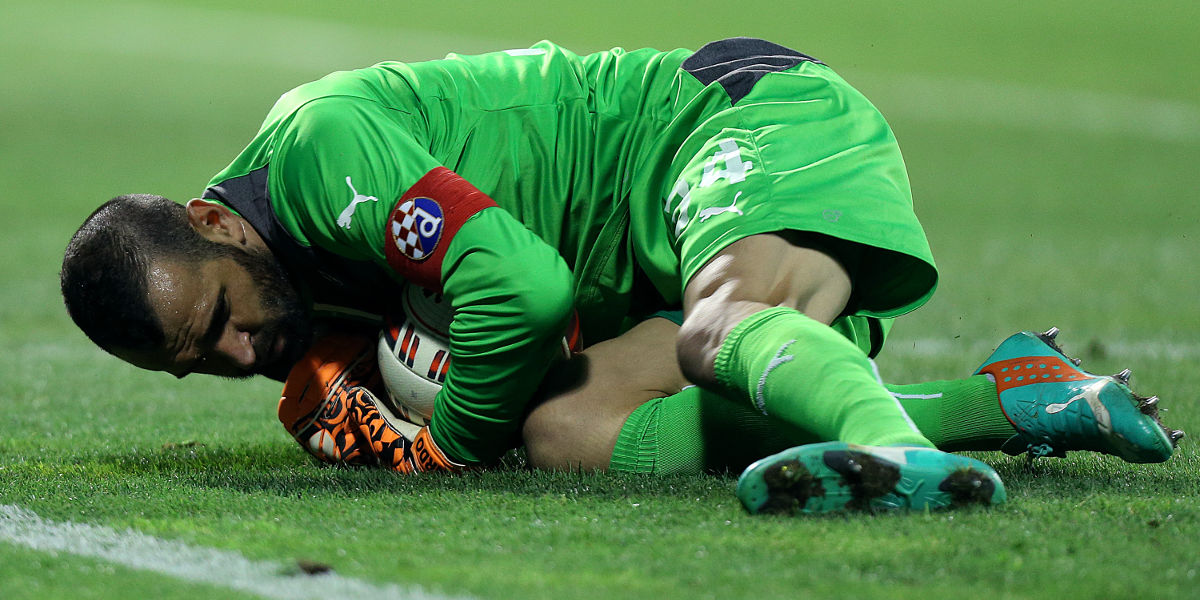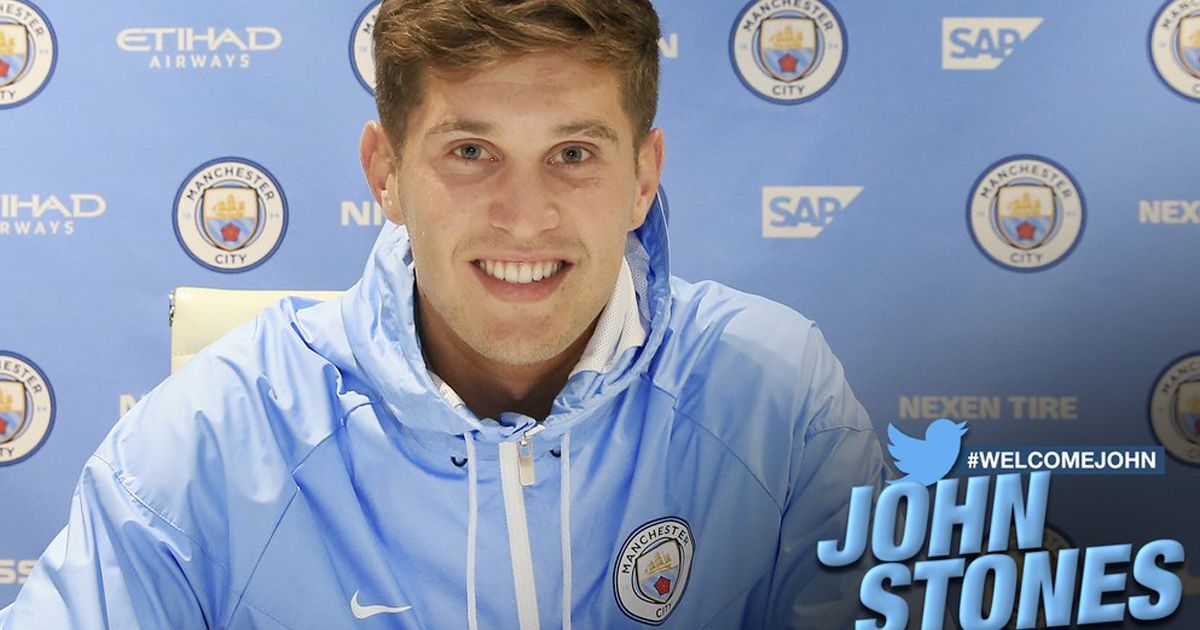By Tom Dart
Houston Dynamo will play its first game in the new BBVA Compass Stadium on Saturday, signalling the end of a journey that has taken in San Jose, a couple of MLS Cups, and a long term rental. It is a sign too of MLS’s journey
Beckham has been good, but let us give credit to bricks. Construction is more vital than celebrity to Major League Soccer’s growth and a reminder comes on Saturday afternoon as Houston Dynamo hosts DC United in the league’s newest mansion.
When Montreal Impact moves into its renovated Saputo Stadium this summer, fifteen of MLS’ nineteen teams will be playing in stadiums built or renovated for soccer since 1999, when the curtain came up on Columbus Crew Stadium.
In excess of $1.7 billion has been spent on these arenas, mostly through public-private funding partnerships. The Dynamo’s home, a $95 million project with a 22,000 capacity, will be the third-largest soccer-specific venue and the most central.
BBVA Compass Stadium is only half-a-mile from the middle of downtown in the US’s fourth-largest city. Amble from Minute Maid Park or Toyota Center under the Eastex Freeway – yes, some Houstonians do walk – turn round and the skyline does a passable impression of Manhattan, while the nearby George R Brown Convention Center does a dubious impersonation of the Pompidou Center.
Here, in the blocks that surround the Dynamo, downtown wealth and gloss ebbs into the low-rise, low-rent East End district, a jumble of warehouses, vacant lots, new apartment buildings and the odd restaurant and bar. Investment, and a light-rail line, are coming. One day it could be as shabby-chic as Montrose, Houston’s hippest neighborhood.
The stadium boasts a triple play: social, financial, symbolic. The Dynamo become a stronger franchise, the league gets a powerful emblem of its journey towards the core of America’s sporting landscape and the East End gains a catalyst to accelerate its move from down-and-out to up-and-coming.
“I think the Dynamo stadium’s going to help revitalise the area,” said Glenn Davis, a local broadcaster. “I’ve seen reports it’ll generate a thousand jobs. It gives people the confidence to go in there and build housing and make an effort with businesses. I don’t know if it’s going to turn around overnight but there’ll be a slow healthy growth there.”
It’s been a long wait. The Dynamo moved to Houston from San Jose for the 2006 season precisely because of the Earthquakes’ failure to build a new stadium, immediately winning back-to-back MLS championships and establishing themselves as a solid and successful, if unstarry, franchise under the shrewd management of the Scotland-born Dominic Kinnear.
Since turning Texan, the Dynamo had borrowed the dated 28,000-capacity Robertson Stadium on the University of Houston’s campus, three miles south of downtown in a part of the city that gave fans few reasons to linger.
“We were adamant about being downtown. We had opportunities to get it built in the suburbs, probably via public money and it would probably have happened sooner, but we felt very strongly that we had to be a downtown location so we held out for that, and it’s worked out perfectly,” said Chris Canetti, the president of business operations, gazing proudly out from the main stand at enough orange seating to make a Dutchman smile.
“It’s made us very relevant, it’s made us very cool and it’s elevated the buzz of the club being right across the street from where the Astros play, where the Rockets play, and just a couple of blocks from the city center.”
The city and county provided $35 million for land purchase and infrastructure improvements and the club’s owners financed the $60 million construction costs that are partly offset by a $20 million, ten-year naming rights agreement with BBVA Compass, a US subsidiary of a Spanish bank.
The stadium is within a half-hour drive from nearly anywhere in Houston’s colossal urban sprawl. The swanky hospitality and convenient location for energy industry executives is proving a financial boon. Corporate seats are all but sold out, with 31 suites snapped up on three-year deals, each costing up to $60,000 per season.
Season ticket sales have doubled from last year, to 12,000. With the Astros in rebuilding (ie losing) mode, and this Saturday’s sell-out crowd underlining the potential for regular full houses, this year the Dynamo should be second only to the NFL’s Houston Texans in average attendance among the city’s teams.
Last year’s MLS Cup runners-up are mid-table in the Eastern Conference, but ahead of Wednesday’s game against New York Red Bulls they have only played six fixtures, all on the road. The Dynamo hope their new home will be an instant asset, with a design that puts boisterous fans close to the field and sweaty summer weather that makes the city feel like an oven-baked humidor.
The Compass was created by Populous, the architects of Wembley and the London 2012 Olympic Stadium. Inside, it’s European-style, which is to say it lacks gimmicks and has no theme-park pretensions. It’s a stadium for supporters who want to watch the match from their seats rather than from televisions on concourses that are more like shopping malls than gangways. One whose character will be defined by the fans, not the facilities.
The place looks best from the outside. A tessellated metallic mesh wrap allows cooling breezes to enter and pays homage to the locality’s industrial history and Texas’ rugged self-image without a cowboy cliche in sight.
Brian Ching relocated with the team from California to Texas and (barring those few strange days in Quebec) the forward has stayed ever since and become the face of the franchise.
“It’s the evolution of MLS. Every team’s starting to get their own stadium, their own training facilities. A big part of it is stadiums and being able to control your own revenue streams and getting out of paying huge rents. The more you see teams owning their own stadiums, the more you’re going to see them get traction. Obviously big-name stars speed up that process quite a bit but for us it’s been [six] years and seeing the stadium it’s worth the wait,” he said.
“We wanted it to be downtown, it gives it a lot more visibility and a lot more credibility. You look at the mistakes I think we’ve learned from, maybe like Pizza Hut Park [the home of FC Dallas] where it’s out in the suburbs, you lose some of your fanbase.
“I think [the Dynamo] did it right even though it took longer than they would have ever wanted it to, but we’re not complaining. Being in the shadow of the other major stadiums, right in the heart of downtown just brings more validity to our organisation as being a major sports player in the city.”
Impossible, in what is now the US’s most ethnically-diverse metropolitan area, for anybody to dismiss such a fine structure so close to the core of the city as an irrelevance made for a minor pastime that’s of interest only to Latinos or SUV-owning suburbanites.
Kick-off on Saturday is another gearshift as soccer drives slowly but inexorably from margins to mainstream. Houston’s gift to the league, and to the sport in North America, is a stadium seen by all and for everyone.























